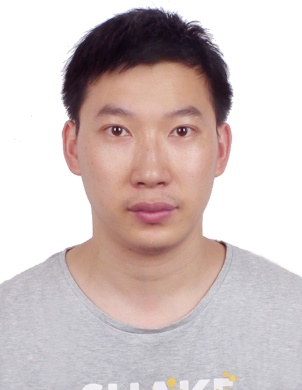中国神经再生研究(英文版) ›› 2024, Vol. 19 ›› Issue (12): 2637-2648.doi: 10.4103/1673-5374.391307
癫痫的脑网络机制与脑网络神经影像技术
Epileptic brain network mechanisms and neuroimaging techniques for the brain network
Yi Guo1, #, Zhonghua Lin2, #, Zhen Fan3, *, Xin Tian4, *
- 1Department of Neurology, Sichuan Provincial People’s Hospital, University of Electronic Science and Technology of China, Chengdu, Sichuan Province, China; 2Sichuan Provincial Center for Mental Health, Sichuan Provincial People’s Hospital, University of Electronic Science and Technology of China, Chengdu, Sichuan Province, China; 3Department of Geriatrics, Sichuan Provincial People’s Hospital, University of Electronic Science and Technology of China, Chengdu, Sichuan Province, China; 4Department of Neurology, Chongqing Key Laboratory of Neurology, The First Affiliated Hospital of Chongqing Medical University, Chongqing, China
摘要:
癫痫可被定义为脑网络功能障碍,每种类型的癫痫涉及不同的脑网络变化,且这些变化与发作间期或发作期放电的控制和传播有着不同的关系。获得脑网络变化的更详细信息可以进一步了解癫痫的机制,并为临床实践中基于脑网络的精确治疗方法铺平道路。越来越多的先进神经成像技术和电生理技术,包括基于扩散张量成像的纤维束成像、基于弥散峰度成像的纤维束成像,基于光纤球成像的纤维束成像、脑电图、功能磁共振成像、脑磁图、正电子发射断层扫描、分子成像以及功能性超声成像已被广泛用于描绘癫痫脑网络。此次综述总结了评估癫痫患者结构性脑网络和功能性脑网络的相关神经影像和神经电生理技术,并详细分析了每种技术的成像机制、优点、不足之处及临床应用范围。更多地关注新兴先进技术、新的数据分析软件、多种技术的组合以及个性化虚拟癫痫模型的构建,可为理解癫痫的脑网络机制和手术决策提供理论依据。
https://orcid.org/0000-0003-1552-8919 (Xin Tian)


